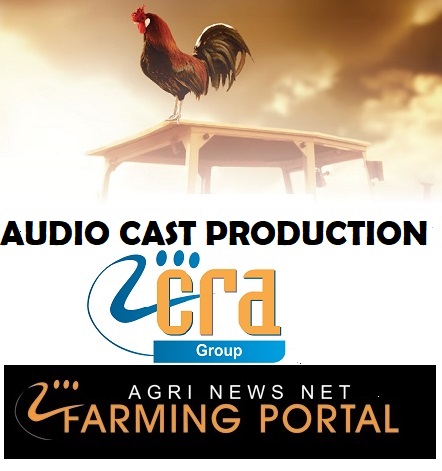Improving feed efficiency to reduce methane from cows:
If feed efficiency is increased, more milk will be produced out of the same amount of feed.
This also means that the amount of cow methane per kg of ECM produced on the farm will go down.
Selko IntelliBond is an example of a feed additive that improves feed efficiency and as a result, it reduces the amount of methane gas from cows per kg of ECM by 1.5-2%.
Increasing Lifetime Daily Yield to reduce cow methane
Lifetime Daily Yield (LDY) can be increased by improving calf rearing practices and transition management.
If LDY goes up, the amount of methane produced during the rearing phase and also, the amount of methane
produced for maintenance will be diluted over more kg of ECM, resulting in a redcution of cow methane emission per kg of ECM produced.
Improving Feed Management to reduce methane from cows:
Modifying the diet of cows can help reduce enteric fermentation and, consequently, cow methane emissions.
There are also feed additives such as Selko Fytera Balance that can lower enteric cow methane production by 5-6%.
Next to the direct effect of Selko Fytera balance on cow methane emissions, there is also an indirect effect, resulting in another 2-3% reduction of methane from cows.
Improving Manure Management to reduce cow methane:
Implementing anaerobic digestion systems or capturing cow methane from manure lagoons can effectively reduce cattle methane emissions.
These systems convert the captured cow methane into biogas, which can be used for energy production.
Genetic Selection to reduce methane from cows:
Identifying and breeding cows with lower cow methane production potential can contribute to long-term reductions of emission of methane from cows.
Methane-Capturing Technologies to reduce cow methane:
Technologies like methane-capturing backpacks or masks can be used on cows to collect and measure cow methane emissions accurately.
This data can aid in identifying cows with high emission levels of cow methane.
These data can also be used for developing targeted cow methane mitigation strategies.
Improved Grazing Practices:
Implementing rotational grazing techniques and pasture management strategies can help minimize enteric fermentation and reduce methane emissions from cattle.
Nutrient Management:
Optimizing the use of nitrogen-rich fertilizers and implementing precision farming practices can reduce nitrogen-related emissions,
including emission of nitrous oxide which is also an important greenhouse gas of cows next to methane from cows.




















